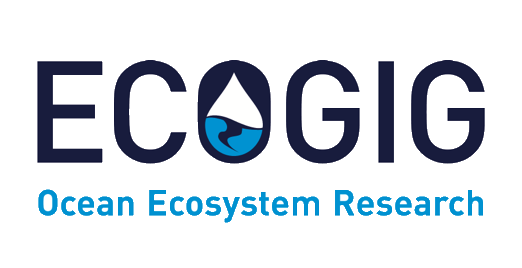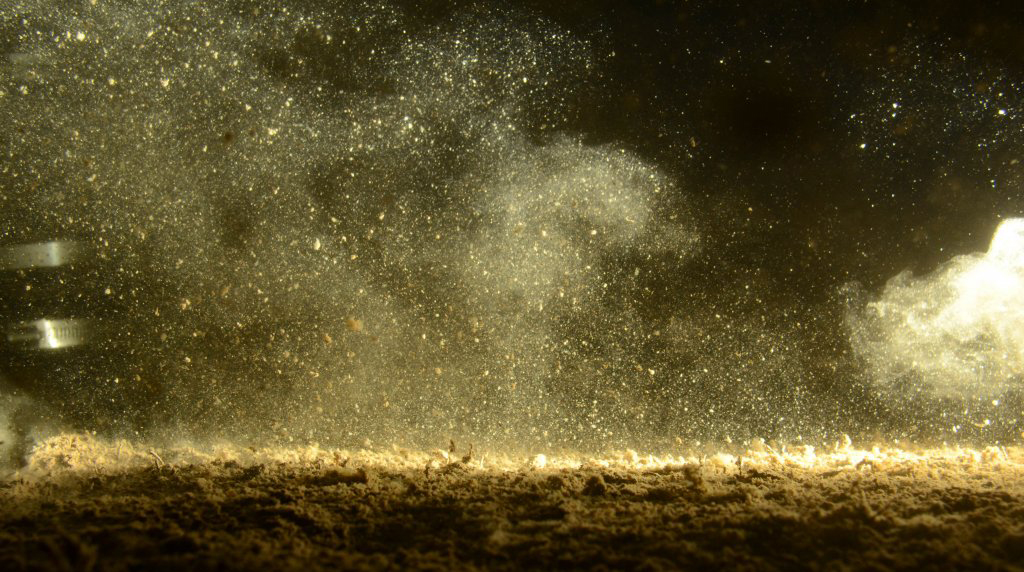June 21, 2018
Researchers identified small- to hurricane-scale resuspension events using time-series data of sinking organic material near the Deepwater Horizon site. Flux cameras and sediment trap samples revealed several small resuspension events near the study site. Near inertial currents occurring near and at some distance from the spill site likely transported the resuspended materials downslope to the sediment traps. Hurricane Isaac was the driver of a major resuspension event that lasted several days. Small-scale resuspension events with lateral transport could be an important factor in material redistribution on the seafloor. These events potentially moved Deepwater Horizon oil compounds that settled onto the seafloor via sinking marine snow into areas beyond the oil’s surface footprint and may have reinvigorated oil biodegradation processes. The researchers published their findings in Elementa: Science of the Anthropocene: Scales of seafloor sediment resuspension in the northern Gulf of Mexico.
Water layers just above the ocean floor that contain suspended sediment are known as benthic nepheloid layers (BNLs), which form when the friction from water motion moves particles off the seafloor and into an overlying water layer. Researchers collected particulate accumulations in BNLs in the fall 2012 and summer 2013 near the Deepwater Horizon site (OC26) and an offshore natural seep field (GC600).
Using particle distribution data from underwater cameras, the researchers observed that resuspension events moved material from the seafloor back into the water column. That material then is subject to lateral transport and subsequent settling, either as individual particles or in the form of larger aggregated material (marine snow). The settling speed and size of marine snow varied significantly on scales of hours to days and between both sites, with settling speeds appearing loosely correlated with aggregate size.
Profiling cameras captured the vertical distribution of marine snow in the water column and showed that BNLs occur frequently in the northern Gulf of Mexico, but are not continuously present, and change rapidly from day to day. Current meter data revealed episodes in current direction and magnitude that indicate resuspension events of different strengths. The researchers hypothesized that these small-scale resuspension events could be imagined as high-frequency “noise” or a background signal on the seasonal curve of flux over time, which is dominated by food webs, mesoscale circulation, riverine input, and larger resuspension events.
“This study used a unique combination of temporal resolution in vertical flux, ranging from 18 days between data points to mere seconds,” said study author and ECOGIG PI Arne Diercks. “The small-scale events are of particular interest, since they are not resolved as individual events in long time-series studies. The time that a single sample spends in the trap’s collection cone (18 days) is simply too long to resolve events that last only hours.”
Diercks noted that future work could include an estimate of how much material is resuspended through these small-scale processes relative to the large-scale events. “Many more data points and vertical profiles of the water column as well as sediment cores are needed to elaborate on the idea that small-scale resuspension events are the noise on the record of large-scale resuspension events.”
Data are publicly available through the Gulf of Mexico Research Initiative Information & Data Cooperative (GRIIDC) at doi:10.7266/N7BZ64FX, doi:10.7266/N7QJ7FCD, doi:10.7266/N7PN93PS, doi:10.7266/N7JW8BXM,
doi:10.7266/N7F47M6M, doi:10.7266/N79C6VHB, doi:10.7266/N737775J, doi:10.7266/N7F47M38,
doi:10.7266/N71Z42CN, and doi:10.7266/N7930R44.
The study’s authors are Arne R. Diercks, Clayton Dike, Vernon L. Asper, Steven F. DiMarco, Jeffrey P. Chanton, and Uta Passow.
************
This article was written by Maggie Dannreuther and originally appeared online here.
This research was made possible in part by a grant from the Gulf of Mexico Research Initiative (GoMRI) to the Ecosystem Impacts of Oil and Gas Inputs to the Gulf-2 (ECOGIG 1 & 2) consortium and the Gulf of Mexico Integrated Spill Response Consortium (GISR).
The Gulf of Mexico Research Initiative (GoMRI) is a 10-year independent research program established to study the effect, and the potential associated impact, of hydrocarbon releases on the environment and public health, as well as to develop improved spill mitigation, oil detection, characterization and remediation technologies. An independent and academic 20-member Research Board makes the funding and research direction decisions to ensure the intellectual quality, effectiveness and academic independence of the GoMRI research. All research data, findings and publications will be made publicly available. The program was established through a $500 million financial commitment from BP. For more information, visit http://gulfresearchinitiative.org/.
© Copyright 2010-2018 Gulf of Mexico Research Initiative (GoMRI) – All Rights Reserved. Redistribution is encouraged with acknowledgement to the Gulf of Mexico Research Initiative (GoMRI). Please credit images and/or videos as done in each article. Questions? Contact web-content editor Nilde “Maggie” Dannreuther, Northern Gulf Institute, Mississippi State University (maggied@ngi.msstate.edu).


















 back to top
back to top